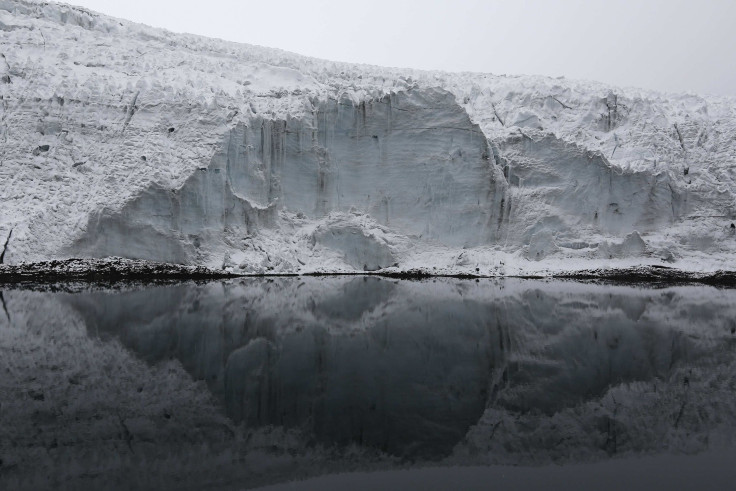
South America doesn't have many ice formations, as most of the continent is tropical but one of the last remaining ones is the Pastoruri Glacier in Peru. Being a rare commodity, the glacier has been a popular destination for those who want to engage in winter activities. That said, climate change has caused the glacier to dwindle in size -- in the last 20 years alone, the glacier has melted to be half the size it once was revealing hard rock. The current size of the glacier is roughly a third of a square mile and due to the changing landscape, Peruvian officials have banned ice climbing. An added side effect of global warming: Tourism.
In the 1990s, the glacier saw 100,000 tourists who wanted to see the blue ice but after global warming, in 2012, the same glacier saw only 34,000 visitors. Scientists have estimated that the Pastoruri glacier will be gone in the next decade, and one would think that this would result in officials taking measures to save the glacier. Instead, Peruvian officials have changed their tourism marketing to attract tourists to watch climate change "in real time." The glacier is will have a "climate change route" that will show tourists the lakes that have formed from the melt and the exposed rock.
That said, it's not that the officials haven't tried to slow the melt. Peruvian officials tried coating the surface of the glacier with 15 cm sawdust, which saved five meters of the glacier. But all these efforts won't change the fact that the glacier is retreating and the damage is irreversible. "It's irreversible at this point," Selwyn Valverde with the Huascarán National Park, told Reuters. "It's just loss, loss, loss now. It doesn't accumulate anymore." Peru, for the record, is home to 70 percent of the world's tropical glaciers.
© 2025 Latin Times. All rights reserved. Do not reproduce without permission.





